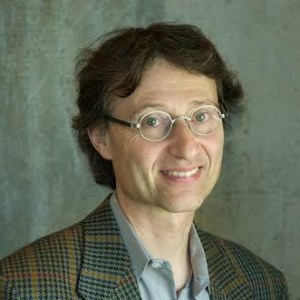Title : Harnessing the unique transport properties of InAs nanowires for single molecule level sensing
Abstract:
In 1964 Wagner and Ellis presented the first paper on fabrication of micron-scale semiconductor whiskers. Our group was one of the first to apply their ideas in the late 1990’s to realise nanowires with diameters of tens of nanometers. We show how strong dielectric confinement, coupled with weak screening in structures of these dimensions presents a unique opportunity for realizing field effect transistor chemical sensors. In particular, we focus on InAs nanowires having exceptional transport properties combined with a nature surface accumulation layer which we show can mediate sensing. Indeed, we showed how electrometry can be performed with such devices to sense charge to levels as low as tens of micro-electron charges per root hertz bandwidth. With such a response, the transduction of adsorption events into electrical signals is shown to permit single molecule level sensing.



